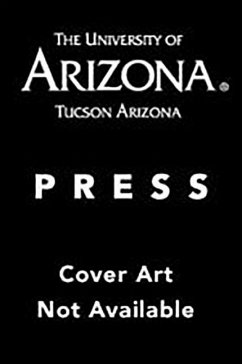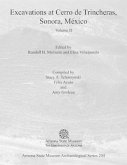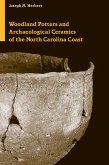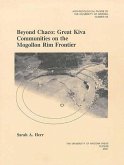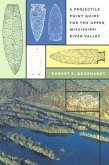In this monograph, the preeminent ethnobotanist Vorsila Bohrer meticulously describes the evolution of diet during two periods of lengthy occupation of these shelters. Using optimal foraging theory as her framework, she puts the plant remains recovered from the two shelters into a regional context of exploration and successful adaptation to regional plants. She is able to reconstruct in detail the distinct foraging patterns of the occupants of these adjacent caves. This long-awaited volume is the culmination of more than 20 years of research by the author and is eagerly awaited by archaeologists interested in the transition from hunting and gathering traditions to incipient agricultural groups in the region.
Hinweis: Dieser Artikel kann nur an eine deutsche Lieferadresse ausgeliefert werden.
Hinweis: Dieser Artikel kann nur an eine deutsche Lieferadresse ausgeliefert werden.

